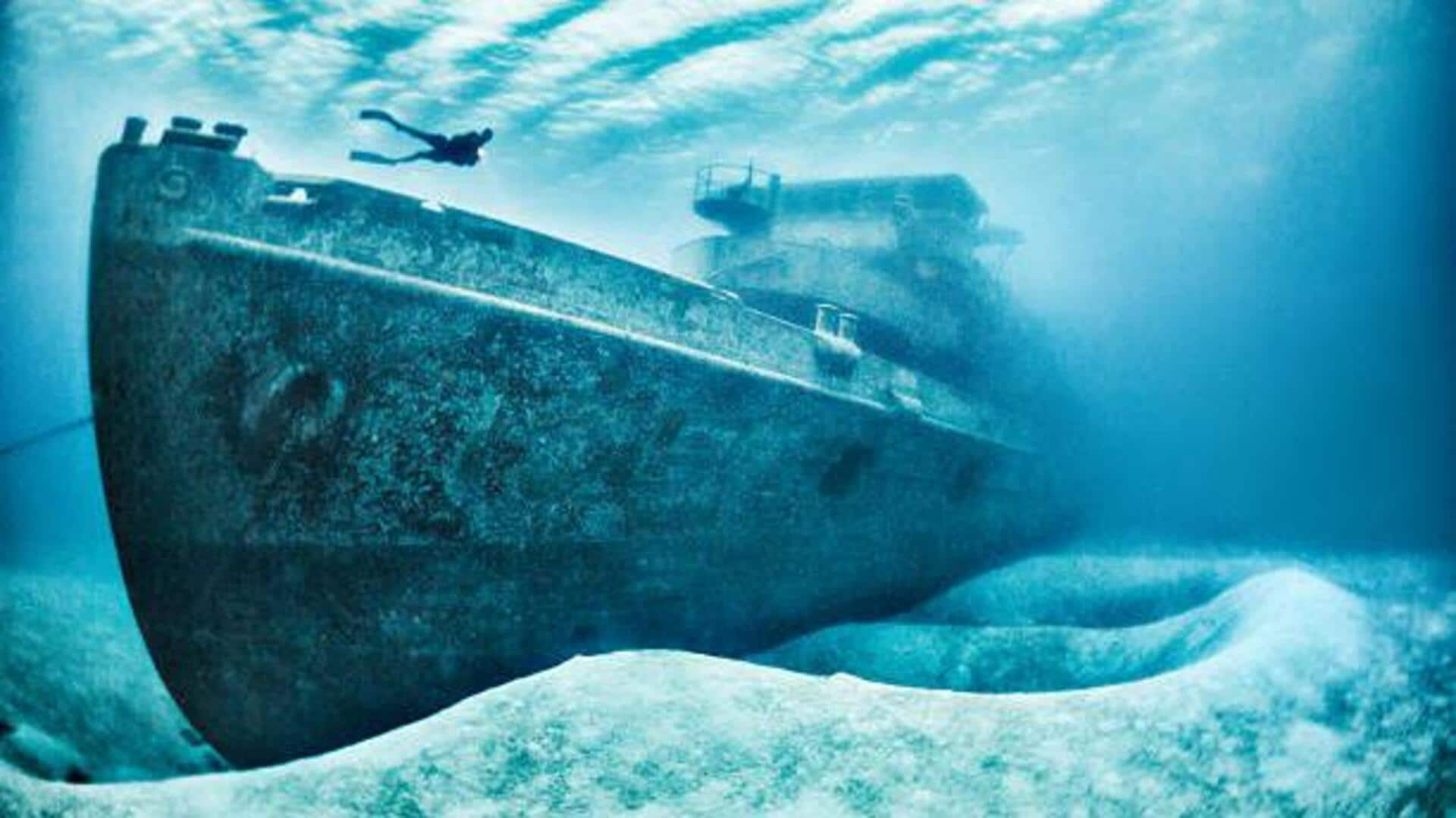
How to explore underwater shipwrecks
What's the story
Diving into the depths of African waters gives you the chance to explore historical shipwrecks. These underwater sites give divers a peek into maritime history and an adventurous experience. The shipwrecks, scattered along the African coastline, are remnant of past voyages and trade routes. They draw divers from across the globe looking for adventure, and a connection to history beneath the waves.
#1
Popular shipwreck sites in Africa
The African coastline is dotted with several famous shipwreck sites that lure diving enthusiasts. The SS Thistlegorm in Egypt's Red Sea is one of the most popular for its well-preserved artifacts. Another prominent site is the Umbria in Sudan, which gives divers a chance to tour its cargo holds full of vintage vehicles and other relics. They offer a fascinating glimpse into history frozen in time.
#2
Marine life around shipwrecks
Shipwrecks often turn into artificial reefs that sustain diverse marine life. In Africa, these underwater structures are alive with colorful fish species, corals, and other sea creatures. Divers who explore these wrecks can see for themselves how marine ecosystems flourish around them. The existence of such biodiversity makes diving adventures in these regions even more exciting.
Tip 1
Safety tips for diving enthusiasts
When exploring underwater shipwrecks, safety is paramount. Divers must ensure they have the proper certification and experience before attempting deep dives or entering enclosed spaces within wrecks. It is also crucial to check equipment thoroughly before each dive and always dive with a buddy for added safety measures.
Tip 2
Best time for diving expeditions
Timing is key to planning successful diving expeditions to African shipwreck sites. The best time usually varies depending on weather conditions in each region along the coastlines of the wrecks. However, most divers prefer going during times when water visibility is usually clearer. This is mainly due to seasonal changes in currents or plankton blooms. They may reduce clarity temporarily but enhance the overall experience by drawing more marine life activity nearby as well!